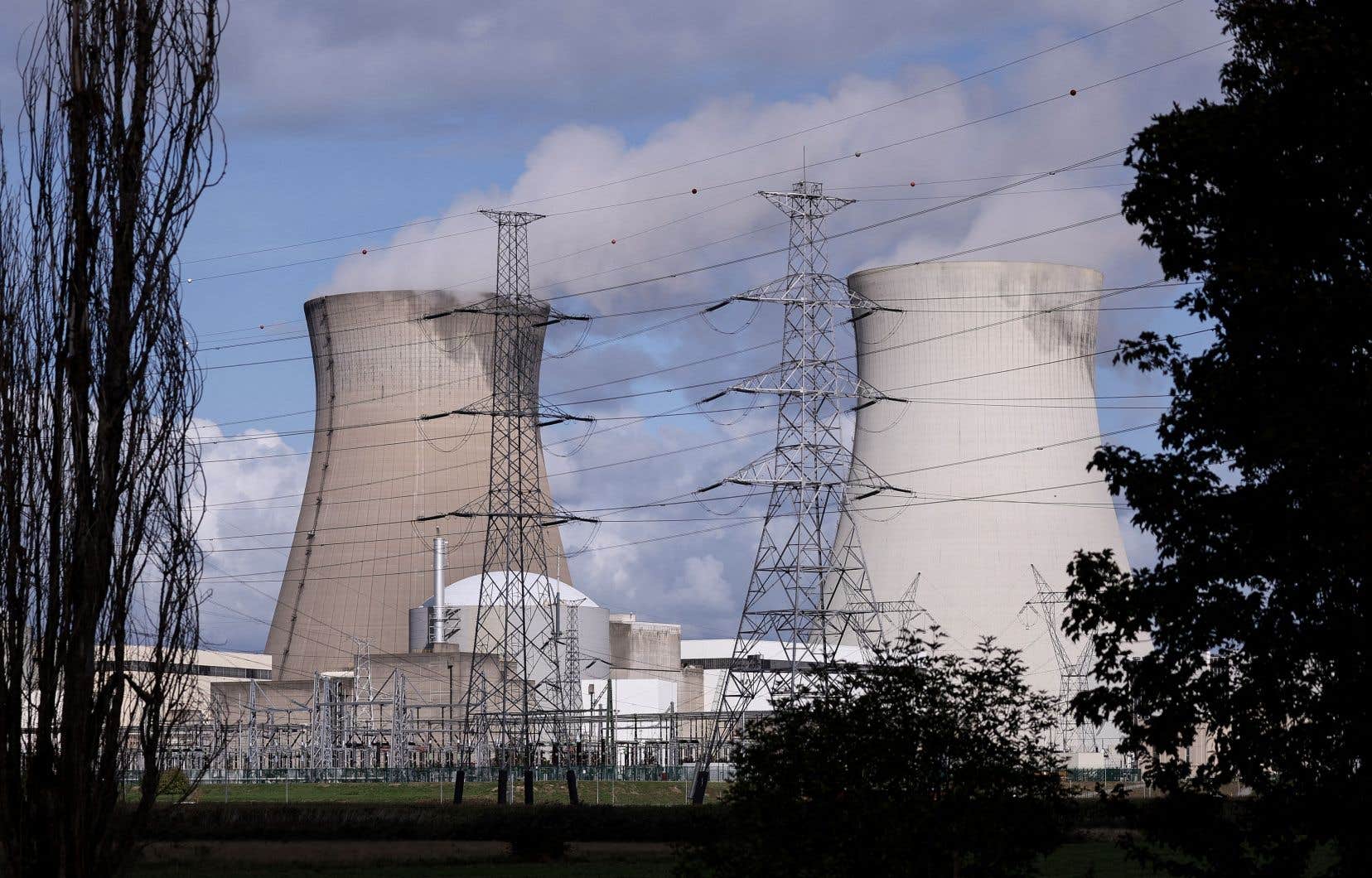Canada took advantage of the United Nations climate conference to add its voice to that of other countries who wish to triple global production of nuclear energy by 2050. Ottawa sees this as an essential sector to develop in order to fight the crisis climate, despite the fears that this energy source arouses.
A little more than 10 years after the Fukushima disaster, COP28 confirmed the comeback of supporters of the controversial nuclear sector, in a context where States are seeking by all means to reduce greenhouse gas emissions ( GHG) of their energy production, and therefore to reduce their dependence on fossil fuels.
Around twenty countries, including Canada, have launched a call to triple nuclear energy production capacity in the world by 2050 compared to 2020, mainly to reduce dependence on coal and gas.
“The declaration recognizes the key role of nuclear energy in achieving carbon neutrality by 2050 and in keeping the goal of limiting warming to 1.5°C within reach,” the text states. Keeping this goal enshrined in the Paris Agreement alive has been at the heart of the climate negotiations over the past two weeks in Dubai, United Arab Emirates.
“We know from science, the reality of the facts and the evidence that we cannot achieve carbon neutrality by 2050 without nuclear power,” also supported the American envoy for the climate, John Kerry, during the event, which was held at the start of COP28.
The signatory countries also call on shareholders of international financial institutions – such as the World Bank – to include nuclear power in their financing. And the use of nuclear power was included in the final declaration of the climate conference.
Environmental defenders, on the other hand, highlight the risks of accidents, the question of waste management in the very long term and even the high costs of nuclear power.
Canadian “Leader”
Questioned by The dutythe office of the Minister of Energy and Natural Resources, Jonathan Wilkinson, maintained that Canada “is a world leader in the field of innovative, safe and sustainable nuclear energy”.
What’s more, “in the context of the climate crisis”, the use of this resource would even be an essential avenue, according to Ottawa. The minister’s office said the Intergovernmental Panel on Climate Change, the IPCC, has already indicated that “nuclear energy will be an important player in our energy mix as we work to reduce global emissions of greenhouse gases on the path to carbon neutrality by 2050.
According to a list published by the United Nations at the opening of COP28, the Canadian delegation also included several guests linked to the development of the nuclear industry. In addition to nuclear infrastructure operators, guests included representatives of exploration and mining companies. This was the case for Cameco, one of the largest uranium producers in the world.
The Trudeau government has also injected several million dollars into financing the development of small modular reactors (SMRs), nuclear power plants with less power than conventional power plants.
Ottawa is already working with several partners, including a dozen SMR “suppliers”, as part of an “action plan” for the development of this new sector, presented as a “clean energy option to deal with climate change” in the Emissions Reduction Plan for 2030 presented in March 2022.
In a context of gradual exit from fossil fuels, Environment and Climate Change Canada estimates that nuclear energy could thus represent “more than 10% of the electricity” distributed by public networks in the country in 2030. Concretely, this means that in some provinces, electric cars will run on nuclear energy in the coming years.
Canada still does not have a permanent storage site for its nuclear waste, even though SMRs should generate more. For more than 20 years now, the Nuclear Waste Management Corporation, of which Hydro-Québec is a member, has been looking for a site to store irradiated fuel for eternity. The idea would be to bury them several hundred meters underground.
